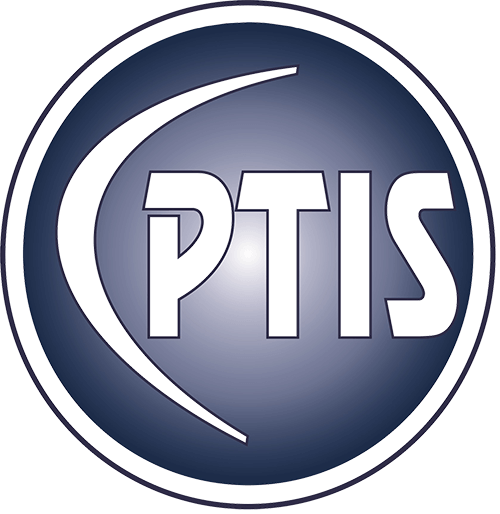Laws regarding retainage vary by state, but contractors in states that allow — or even require — retainage have to ensure that they can effectively grow their businesses while waiting months or years for retained payments. This is especially true with a company that uses mostly long-term contracts, which are generally more compatible with the percentage of completion method. While traditional manufacturers have the advantage of controlled environments and optimized production processes, construction companies must constantly adapt to each new project. Even somewhat repeatable projects require modifications due to site conditions and other factors.
Courses about construction.For construction.
Working capital turnover measures how much revenue each dollar of working capital is producing. To calculate working capital turnover, first calculate working capital, which equals current assets minus current liabilities. General contractors need to subtract subcontractor payments from revenues to calculate working capital turnover, as this money simply passes through the GC from the owner. Overhead costs, which are essential for operation but not tied to a specific project, are listed on a separate area of the income sheet. Properly managing and allocating overhead expenses is crucial for contractors, as it directly impacts the company’s profitability and long-term financial stability.
- A monthly balance sheet is crucial for a construction business to keep track of its financial health, and a balance sheet produced at the end of the fiscal year provides a compelling look at year-over-year growth.
- Financial managers and other professionals who work with construction projects and/or interface with project managers, operations, risk/insurance, and legal departments.
- Retainage doesn’t belong in accounts receivable or payable, because it is not collectible (or payable) until the contract conditions have been met for its release.
- From initial estimates to final walkthroughs, you can keep every stakeholder up to date, refine every schedule and optimize every resource allocation to maximize your ROI.
- The program will also include some processes the company can implement for a successful business leadership transition necessary in an ownership transition.
- This session will take a deep dive into learning the prequalification process.
Join over 3,400 global companies that choose Coursera for Business
We’ll go over your business challenges and unique needs, and see where you can unlock new value from your technology and make your operations run easier. Cash accounting is the simplest and most straightforward approach to tracking finances, but it’s also the most limiting. Unlock your career potential with our free educational courses on Health & Safety, Data in Construction, and more.
ApprenticeNYC: Advanced Manufacturing
This 12-week course provides a deeper understanding of real estate finance for development projects and investments, including budgeting, cost estimating, and predicting and mitigating risks. Prequalification programs have been well established for a long time, but questions still persist for many in how to choose the best subcontractor, and likewise as a sub, how to put in your best effort to get the job. This session will take a deep dive into learning the prequalification process. And for Subcontractors, learn how to become more comfortable with sharing financial information.
If you are looking for education https://www.inkl.com/news/the-significance-of-construction-bookkeeping-for-streamlining-projects for yourself, view CFMA’s upcoming education or browse the on-demand library.
Introduction to Construction Accounting
However, retainage can lead to significant cash flow challenges for contractors, who may lack the working capital necessary to take on new jobs if earned income is withheld. The percentage of completion method has numerous advantages for companies that are balancing several long-term projects. Most importantly, this method enables financial managers to get a clear view of the current financial status of each project as well as the financial horizon as each project progresses. One potential downside of the accrual method is that businesses can pay income tax on unrealized profit since the accounting system can record revenues that have not yet been received. One way to mitigate this problem is to structure contracts with the profit evenly distributed rather than front-loaded.
Since 15 percent of the expected costs have been incurred, the company will also recognize 15 percent of the expected revenue and expected profit on its books. Keep in mind that certain methods are unavailable to large companies with high annual revenues. In select learning programs, you can apply for financial aid or a scholarship if you can’t afford the enrollment fee. If fin aid or scholarship is available for your learning program selection, you’ll find a link to apply on the description page. This course is designed for new Construction Finance Managers, Construction Project Managers, Project Accountants and leaders of construction firms who are non-financial managers.
Project Finance
Any CPAs or other accounting professionals who are going to sit for the industry exam. From live webinars and conferences to self-paced on-demand courses, CFMA has curated products to fit your needs and schedule. We provide Local (Los Angeles) and World Russian and International News, Videos, Business Directory, Classifieds Listings, Business and General Statisticts. To learn more about the benefits of hosting your Sage ERP in a secure, cloud-based environment, visit SWK’s Sage 100 Cloud Hosting page here.
Construction Finance Management
When service calls and maintenance tasks construction bookkeeping are part of your core business, Sage 100 Contractor’s field service management tools equip you to deliver responsive, high-quality support. Optimize your field operations with mobile-friendly tools that connect office and field staff in real-time. Technicians can access work orders, enter time and update status from any device while dispatchers gain real-time visibility into schedules and job progress. Ideal debt-to-equity for most companies is between 1 and 2, and companies with a debt-to-equity ratio higher than 2 may be unable to pay off its debts.
